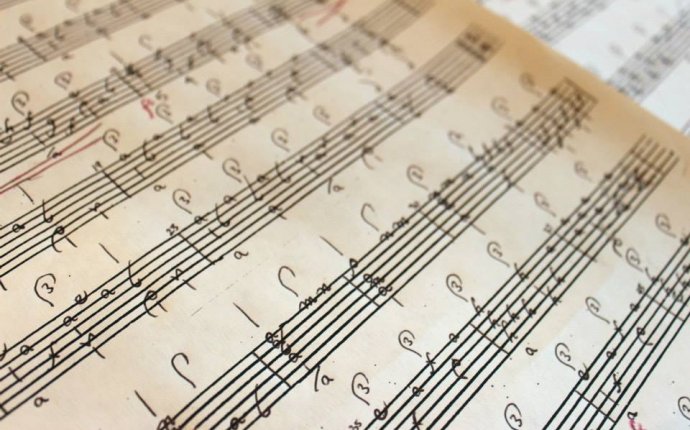
Baroque Lute music
Today’s continuo players tend to use lutes in the old tuning: Renaissance lutes, archlutes and theorbos. But, remarkably, the baroque lute seems to be a neglected instrument for accompaniment. There is no reason not to use it, however, as its tuning allows for easy chord shapes and its bass range is ideal for most baroque music. In larger ensembles a lute might not be heard so well, the louder theorbo would be a better choice here, but in chamber music or accompanying a soloist, perhaps joined by a viol or cello reinforcing the bass line, a baroque lute can provide a rich continuo realisation. We know from contemporary sources that it was done in the 17th and 18th centuries. There are some treatises on continuo theory that give chord shapes for baroque lute and notably Baron and Weiss wrote about the use of baroque lutes, and also theorbos in d-minor, to play continuo.
There are several reasons why you should play continuo on your baroque lute. The first one is the best: it’s fun to do! Even with basic continuo skills you will be able to play together with other people in any number of settings: duo, trio, chamber music, choir accompaniment, etc. The second reason is that suddenly your repertoire will be extended with all baroque music that includes a continuo bass. You will be able to play along in Bach cantatas, enjoy French chamber music by e.g. Marais or Couperin and you will be able to accompany singers in all sorts of songs and solo cantatas. The third reason is that studying continuo will improve your understanding of music and your instrument, and therefore improve your solo playing; in short, it will make you a better musician. In the baroque era studying music meant composing and extemporising, two skills you need in making continuo realisations. The last reason to play continuo on baroque lute is that it will get you closer to the specific sound of certain styles. In France, for example, the new d-minor tuning had replaced the old Renaissance tuning by around 1650. From then on all new lute music in France was played on baroque lutes and theorbos only. To come closer to a continuo realisation of the time of De Visée, it makes sense to use either of these instruments, and not an archlute, an instrument not commonly used in France at that time. Weiss, a lute player who must have felt completely at home in the d-minor tuning, exemplified by his superb solo music, in 1723 mentions in a letter to Mattheson that he had tuned his theorbo to d-minor. Baron writes in 1727 this is common practice by then. On larger theorbos it is not possible to have a high , the first course of a lute in d-minor, as a gut string would have to be put under so much tension that it would break. In stead of the Italian solution of re-entrant tuning, German lutenist started with the second course of the d-minor tuning, a , making that the first course on their theorbos. To get closer to the sound of German continuo lutenist from the beginning of the 18th century, we have to do the same thing: play continuo on our lutes in d-minor tuning. In Italy, on the other hand, the d-minor tuning was never adopted, so the two Italian theorbo players who were employed at the Dresden court when Weiss was also working there most likely played their theorbos in the ‘old’ tuning, as did the famous Italian theorbist Francesco Conti, who worked in Vienna.
gcu student success center pregnancy at 44 success stories quotes of success success rate of morning after pill during ovulation customer success manager job description define success heart transplant success rate kidney transplant success rates low fetal heart rate success stories metformin weight loss success stories 2019 money is the anthem of success morning affirmations for success no heartbeat at 8 weeks success stories picture of success purdue success factors sales success success academy charter school success day quotes success in latin success is the best revenge best success books car t cell therapy success rate college measured success continued success dress for success donations etsy success story fresh success marketing group journey to success keller williams success realty launching success measure of success national society for leadership and success palmers skin success fade cream podcast success skin success by palmers songs about success success academy calendar success books success factors bcm success inspirational motivational quotes success mindset motivational quotes success pictures success rate of bar rescue the success principles what to do after embryo transfer to increase success zoloft success stories 30 day success formula review 4 follicles ivf success rate a miner success ffxiv animal mating success horse bar rescue success rate best morning routine for success








